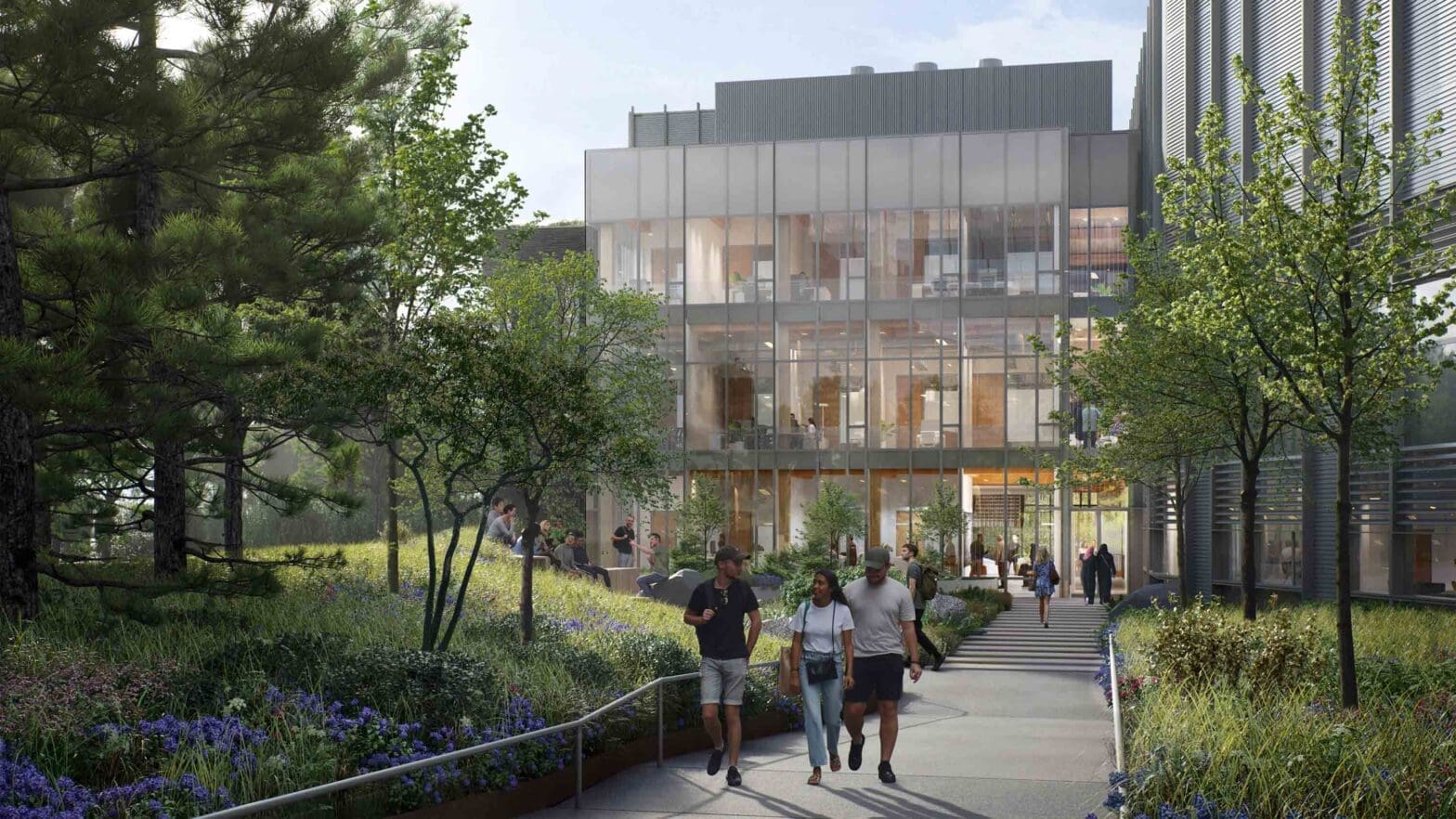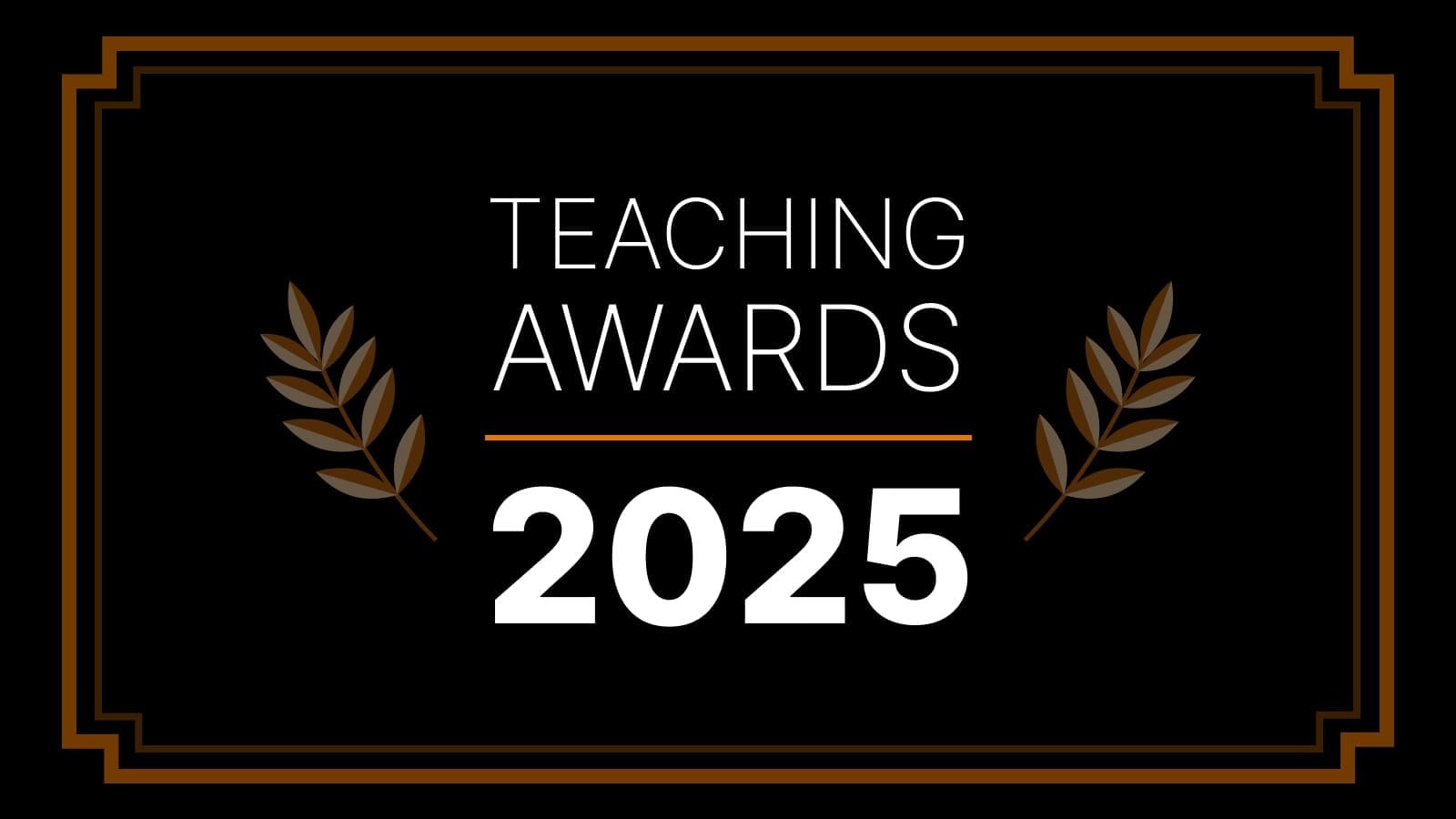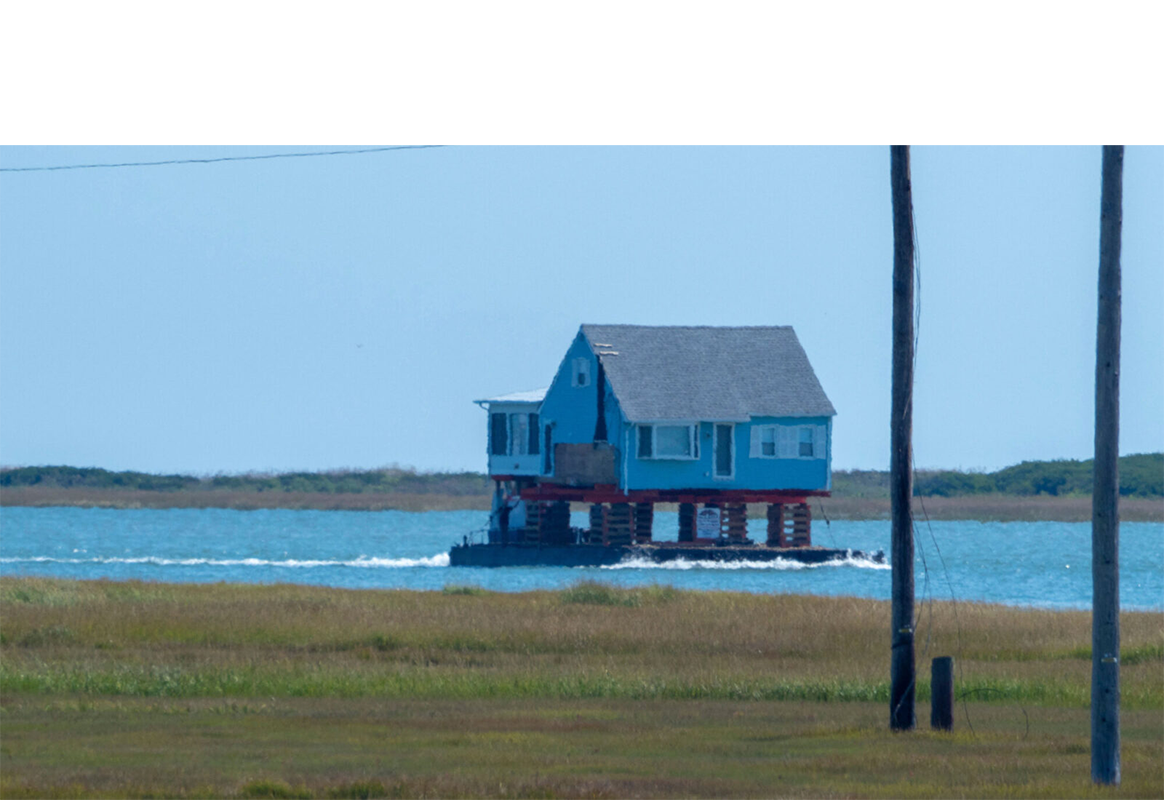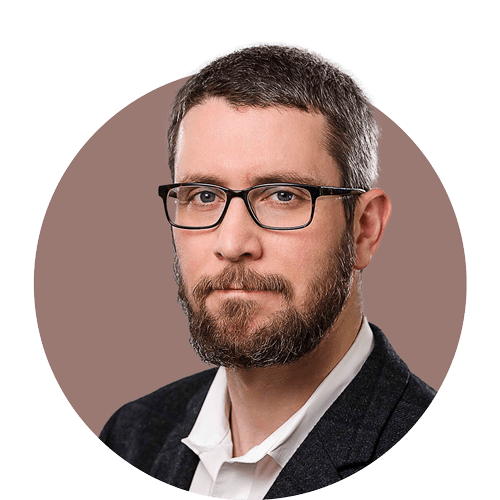
Part Fifteen: Engineering the Future
By
on
This is from the series E100: Princeton Engineering’s 100th anniversary
#90
“Eric Schmidt’s brilliant career as a computer scientist makes the Schmidt name especially fitting…” Chris Eisgruber.
Princeton’s computer science department, barely 35 years old, has grown to become the largest undergraduate major at the University, with about 25 percent of students majoring or earning a certificate in the discipline. In the next few years, Computer Science will have a building fitting such a popular major. Historic Guyot Hall will be substantially rebuilt and expanded for Computer Science, thanks to a gift from Eric Schmidt ’76 and his wife, Wendy Schmidt. Planned for completion in approximately 2027, the building will be renamed as the Eric and Wendy Schmidt Hall and will consolidate the department – which is currently spread out over nine different buildings – into one purpose-built space. It’s one of several contributions the Schmidts have made toward data science at Princeton in recent years. For instance, the University established the Schmidt DataX Fund, which will advance the breadth and depth of data science research on campus, accelerate discovery in large, interdisciplinary efforts, and create opportunities to educate, train, convene and support a broad data science community at the University. Eric Schmidt, who graduated from Princeton in electrical engineering, was formerly chief executive officer of Google from 2001 to 2011 and then served as executive chairman of Alphabet Inc, Google’s parent company (see Fact #63). Wendy Schmidt is a businesswoman and philanthropist. Upon the announcement of Schmidt Hall in 2019, Princeton President Chris Eisgruber said, “Eric Schmidt’s brilliant career as a computer scientist makes the Schmidt name especially fitting for the new home of Princeton’s world-class Department of Computer Science.”
#91
Which engineering faculty member was named vice dean for innovation?
In 2019, a professor of chemical and biological engineering at Princeton was named the inaugural vice dean for innovation. Who is that faculty member?
Rodney Priestley, Pomeroy and Betty Perry Smith Professor of Chemical and Biological Engineering and a leading researcher in the area of complex materials and processing, was named Princeton University’s inaugural vice dean for innovation in summer 2019 and assumed the role in winter 2020. This position provides leadership for innovation and entrepreneurship activities across campus. Priestley is working to expand ties with industry, entrepreneurs, venture capitalists, alumni and other potential partners. He oversees efforts to grow Princeton’s culture of innovation among faculty, students and other researchers through activities such as workshops, networking events and trainings. Priestley works closely with offices on campus that support and broaden innovation at Princeton, including the Office of Technology Licensing, Corporate Engagement and Foundation Relations, Princeton Entrepreneurship Council, and University Advancement. Starting in 2022, Priestley will lead the new National Science Foundation-sponsored Innovation-Corps (I-Corps) Northeast Hub including regional universities focusing on entrepreneurial training, mentoring and resources for all researchers who want to form startup companies based on their discoveries, with an emphasis on promoting diversity, equity and inclusion in entrepreneurship.
Priestley’s own research group works to understand how materials that undergo changes in their properties and join together when confined in tiny spaces open new possibilities for a vast range of novel applications, including drug delivery, designer colloids and sustainable manufacturing. He gave an opening address at the conference Engage 2021, Princeton’s 2nd annual innovation and entrepreneurship conference, which occurred Dec 1-2.
#92
“The importance of engineering and technology to address the most challenging problems facing humanity has never been more apparent.” – Princeton Engineering strategic plan.
A key part of Dean Andrea Goldsmith’s strategic plan for Princeton Engineering is to grow its strength in innovation and entrepreneurship. She envisions that Princeton can be the center of a regional technology hub that translates deep, long-range research into products and organizations that truly benefit humanity. That vision includes building alliances with accelerators, venture capitalists, and those who help get startups off the ground. And it includes fostering ties with industry through affiliate programs. Aiming for public good through entrepreneurship and innovation “doesn’t mean you don’t make money,” said Goldsmith. “But the technology that you’re creating is to benefit people.” Goldsmith became dean of Princeton’s School of Engineering and Applied Science in 2020 after more than 20 years as a faculty member at Stanford University, where she also founded two successful companies around her research in wireless communications. Goldsmith holds 29 patents. In early progress toward her vision, the global venture capital firm SOSV selected Princeton’s joint proposal with the State of New Jersey to site its U.S. headquarters for its hard-tech accelerator, HAX, with a commitment to bring in 100 startups over five years. Goldsmith said she is working to “step on the gas hard to increase entrepreneurship and innovation at Princeton and beyond Princeton.”
#93
How many new Princeton Engineering faculty members were hired during calendar year 2021?
As part of her vision for Princeton Engineering to maximize its positive impact for humanity, Dean Andrea Goldsmith’s strategic plan includes an ambitious plan to grow the faculty. How many members of the SEAS faculty were hired to start in 2021?
Dean Andrea Goldsmith’s vision for Princeton Engineering includes significant growth in the number of faculty and graduate students to maximize the school’s positive impact for humanity. This year alone, the school hired 14 new faculty members, and re-hired Emily Carter, its former dean, who will now focus on climate change and environmental sustainability research. (So, yes, the answer is 15.) These faculty started this year and 7 more are scheduled to start next year. Dean Goldsmith’s goal is to have a net increase of 30 new faculty members by September 2025. The growth already has started: in fall 2020 we had 154 tenure and tenure-track faculty and went into this academic year with 164. The school also plans to increase the number of graduate students by 125 during that time. We are taking this opportunity to significantly increase diversity in the school as we work to attract faculty and students from many backgrounds and experiences. These new researchers will drive growth in areas such as bioengineering, robotics, data science, quantum engineering, the future of cities, and energy and the environment – all critical for meeting societal challenges in health, climate, inequality, security and other pressing issues that combine technology with a web of interactions across policy politics, economics, culture and society.
#94
“Now that one barrier is broken, people who look like me can say, ‘She did it, so I can do it now.’” – Adji Bousso Dieng
Among the 15 faculty members joining the Princeton Engineering faculty in this centennial year is Adji Bousso Dieng, an assistant professor of computer science who specializes in artificial intelligence. She works to create artificial intelligence that can understand the mechanisms underlying complex systems and that allow a level of control over the AI’s behavior. In joining the faculty in September, she became the first Black woman faculty member in the engineering school’s 100-year history, and the first Black faculty member in computer science. She envisions that her lab will collaborate with scientists working on health care and biology, and researchers from the Center for Information Technology Policy on societal considerations like fairness and privacy. Dieng grew up in Kaolack, Senegal, and recalled meeting Cheick Modibo Diarra, the first African to work at NASA as an astrophysicist, at a summer camp he founded to support African female students in their pursuit of scientific education. “That was the first time I had met an African who was successful in doing impactful things using mathematics and the sciences. So, I wanted to be an astrophysicist — later I figured out that I actually loved math and computer science.” She earned a Ph.D. in statistics from Columbia University in May 2020, having interned at Microsoft Research, Facebook AI Research and Google’s DeepMind.” Upon joining the faculty at Princeton this fall, she reflected upon the worldwide reckoning about issues of race. “Joining Princeton is a highlight for me because those issues are real, and they happen in academia, because it took 100 years for a Black woman to be appointed as a faculty member in the engineering school. That shows there is a lot more progress left to be made. Now that one barrier is broken, people who look like me can say, ‘She did it, so I can do it now.’”
#95
Along which road will the new engineering neighborhood be built?
Sixty years have passed since the construction of the Engineering Quadrangle on Olden Street. Plans are now underway to build the engineering neighborhood of the future, to be shared with environmental science, in order to provide modern facilities for faculty, students and other researchers to do their best work to benefit humanity. The first four sections of the new neighborhood will be buildings for chemical and biological engineering, environmental science, bioengineering, and an engineering commons, which are planned to be built and opened in late 2024. Along which road are they planned for construction?
The buildings are slated to be built in an arc along Ivy Lane, connecting to new facilities for computer science at Washington Road. The new neighborhood brings engineering closer to the heart of campus, making it easier for diverse experts and innovators across and beyond the University to gather to address critical societal needs. The first batch of buildings — bioengineering, chemical and biological engineering, and an engineering commons, as well as environmental science — are estimated to open in early 2025. Other departmental buildings will soon follow. The buildings are planned to be terraced into the hillside between Prospect Avenue and Ivy Lane. The reason a new engineering neighborhood is needed is because engineering has changed, said Dean Andrea Goldsmith. “Over the last decades, engineering has become much more interdisciplinary. We need both disciplinary and interdisciplinary expertise to solve the complex problems the world faces, and can be addressed through engineering and technology. Building the new neighborhood is really about maximizing the impact of Princeton Engineering to do the groundbreaking research that we need to solve these complex problems.”
#96
“The new engineering neighborhood is absolutely critical for this department to serve society and address urgent needs in the areas of environment and health.” – Athanassios Panagiotopoulos
Whatever the nation’s needs of the moment, whether it was winning World War II 70 years ago, addressing climate change now, or preserving public health, Princeton Engineering has stepped up. The University is planning a new neighborhood for its engineering school in large part to allow it to continue pursuing that mission. During the COVID-19 crisis, Princeton Engineering researchers have done their part, developing more modern ventilators and working to better understand the flow of air and how vaccines work against the virus. But they have done this work in spite of space limitations. “We outgrew that space a long time ago” said Athanassios (Thanos) Panagiotopoulos, chair of the Department of Chemical and Biological Engineering. The department is scheduled to be one of the first to gain a new building as part of plans for the new neighborhood (see Fact #95 for a broader look at the plans). “Our department’s work is about mitigating climate change, creating new chemical processes that will allow us to replace fossil fuels with renewables, and giving us the tools to address public health and wellbeing,” said Panagiotopoulos, the Susan Dod Brown Professor of Chemical and Biological Engineering. “The technologies that enable the Covid vaccines to become quickly, widely and safely available — the ability to protect those tiny mRNA packages – uses technology that chemical engineers have developed.” Another member of the CBE faculty, Clifford Brangwynne, is also the director of the Princeton Bioengineering Initiative. A second building in the new neighborhood along Ivy Lane is planned for bioengineering. “Right now, we’re in the middle of a pandemic. That is the kind of challenge faced by society that requires cutting-edge research at the interface of biology and engineering,” such as COVID-19 vaccine technology, he said. “And, in order to achieve our goals on this front, we need to recruit top-notch researchers. That is going to be impossible without the infrastructure to attract these researchers.”












